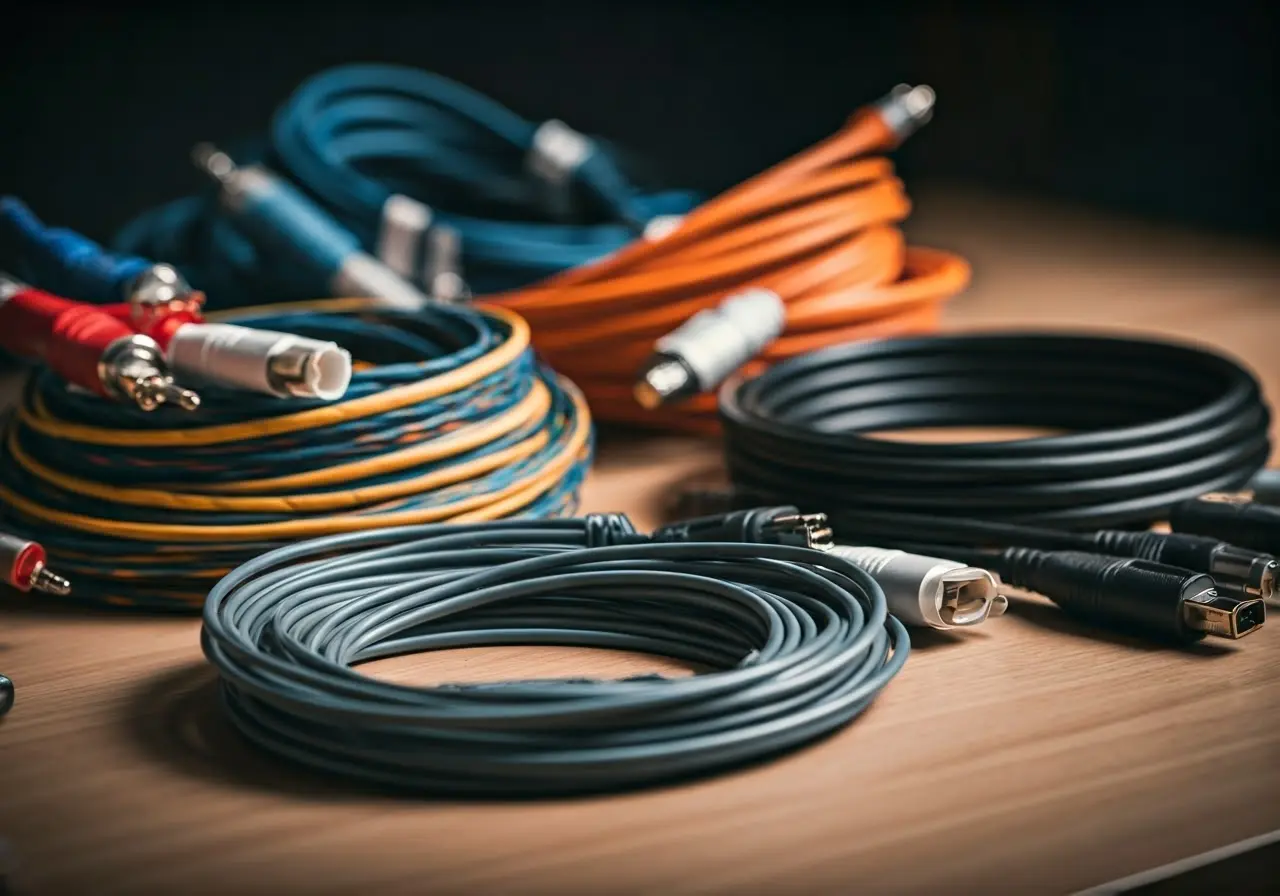How Do I Choose the Right Cables and Connectors for My Setup?
Are you overwhelmed by the myriad of cables and connectors available for your tech setup? Whether you’re setting up a home office, gaming rig, or entertainment system, choosing the right cables and connectors can feel daunting. This guide will simplify the process and help you make informed decisions that ensure optimal performance for your devices.
Understand Your Device Requirements
Before diving into the world of cables and connectors, start by checking the specifications and ports of your devices. Knowing what they require can narrow down your options significantly. For instance, if your device supports HDMI 2.0, opting for an HDMI 1.4 cable could result in subpar performance. Make a list of all devices involved in your setup to keep track of what you truly need.
Don’t forget to consider the functionality you’re aiming for. Is it speed, reliability, or flexibility? Each device and setup serves a different purpose, ensure that your cables and connectors support the specific functionalities you require.
Identify the Types of Cables and Connectors
Familiarize yourself with common cable types like HDMI, USB, DisplayPort, and Ethernet, as well as their respective connectors. Each serves a unique purpose and varies in performance and compatibility. For example, while HDMI cables are ideal for audio-visual connections, USB cables often serve multi-purpose roles including data transfer and charging.
It’s important to know that the connectors also play a role in compatibility and performance. For instance, USB-C connectors offer a more robust performance compared to their predecessors. Since connectors can be the weak link in data transfer and charging, understanding their importance can save you from future inconveniences.
To make informed decisions, research the different types of cables and their specific uses. Educating yourself can pay off in optimal device performance.
Consider Cable Length and Placement
Determine the distance between devices and choose cable lengths that allow for a tidy setup without straining the cables. Consider future rearrangements to avoid needing different cables later. Overly long cables could lead to clutter and potential trip hazards, while cables that are too short may pull on ports, potentially causing damage.
Evaluate your space too, as room layout will often dictate cable length. Also, take into account the possibility of upgrading or reconfiguring your setup in the future and plan for those scenarios so you’re not caught off guard.
For longer distances, especially in larger setups, consider conduit installations that can hold and guide cables through walls or floors. This will keep your space neat while protecting the cables from physical damage.
Opt for Quality Over Price
While it might be tempting to go for the cheapest option, investing in high-quality cables ensures better durability and performance. Research trusted brands and read reviews to make informed purchases. While saving money is important, cheap cables often have insufficient shielding, leading to signal loss or interference.
Consider cables with features like gold-plated connectors for better connectivity and corrosion resistance. In the long run, they tend to be worth the extra cost due to their longevity and durability.
You don’t have to break the bank to find quality. Many reputable online electronics retailers offer a variety of good-quality cables that strike a balance between price and performance.
Check Compatibility and Standards
Ensure that your chosen cables and connectors are compatible with current standards (e.g., HDMI 2.1, USB 3.0). This ensures they can support the latest features and offer the best performance. Compatibility checks with current and future models are just as crucial as the right specifications.
Keeping an eye on standards keeps you in the loop with technology advancements, as standards define how devices communicate. Staying updated means you can enjoy enhanced features such as increased resolution or faster data rates.
Being proactive about compatibility safeguards your setup for future expansions or upgrades. With technology always evolving, making decisions with foresight often saves headaches down the road.
Wrapping it All Up: Making the Right Connection
Selecting the right cables and connectors doesn’t have to be a headache. By considering your device requirements, cable types, length, and quality, you can easily find the perfect match for your setup. Remember, investing in the right cables will ensure your devices perform at their best.
























































